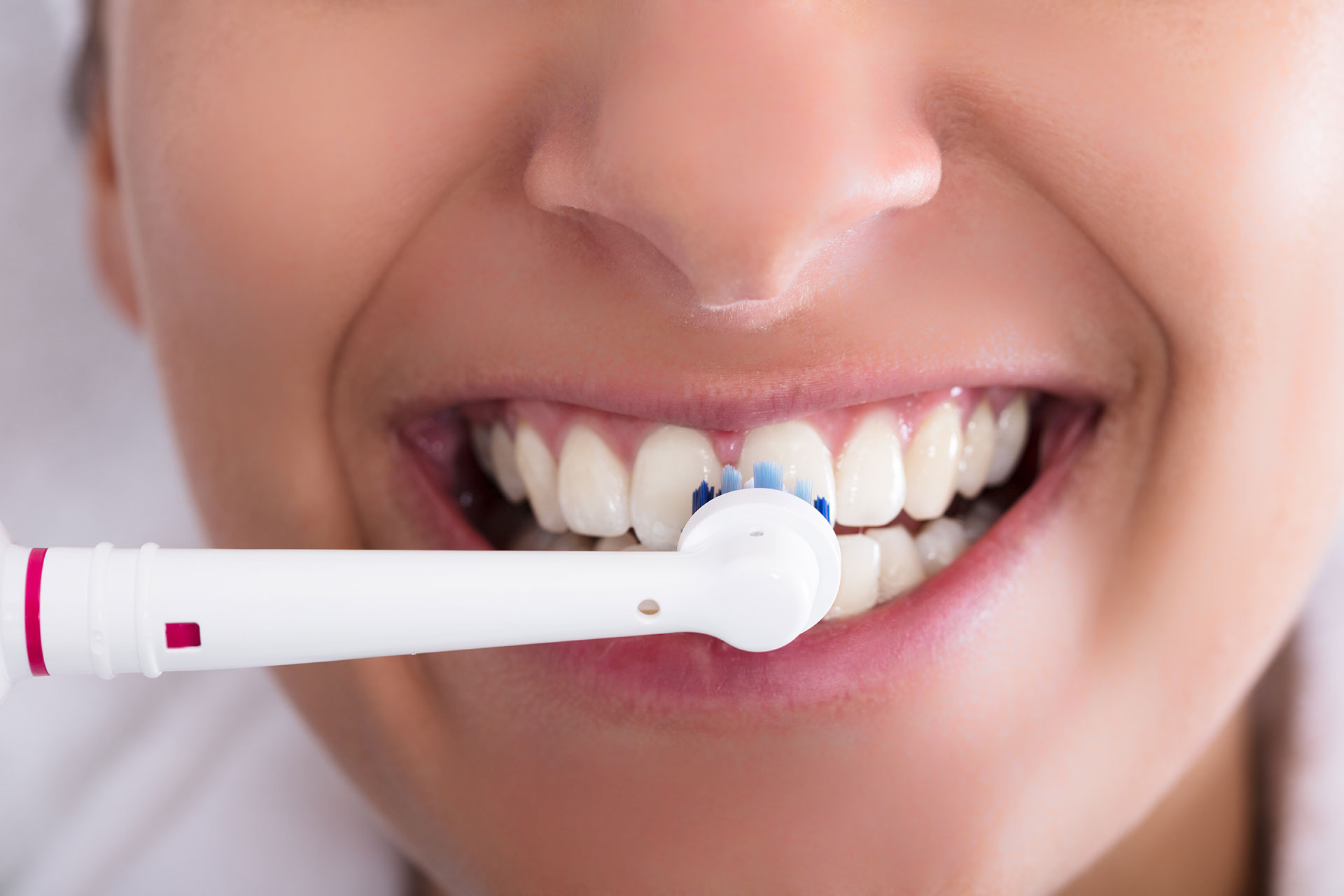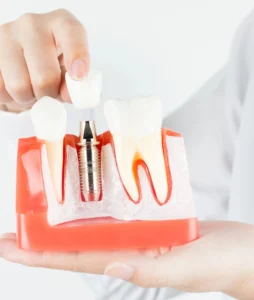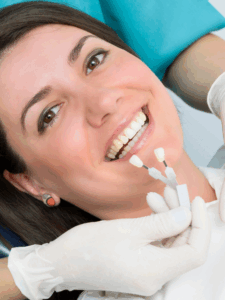Most people are familiar with the expected amount of teeth brushing that should be done: twice a day and after meals. However, how we brush and what tools we use are just as critical as the frequency.
Choosing the Right Toothbrush
There are many options for toothbrushes, so it is wise to establish which is the best for you to get the job done. Electric toothbrushes are a wise option to consider since they allow the bristles to more actively get in between teeth and do an overall better job of cleaning the teeth.
For manual toothbrushes, look for high-quality brushes with soft bristles. Bristles that are too firm or using a toothbrush that is worn down can actually cause harm to the teeth and gums. It is highly recommended that you change out your toothbrush every 3 months, but it is best to do so as soon as you begin to notice wear. Toothbrushes can also house germs and bacteria, so if you have been ill, replace your toothbrush, so you don’t re-infect yourself.
Proper Brushing Technique
- Don’t brush too hard; this can harm the gums and wear away tooth enamel.
- Brush with a 45-degree angle to the gums.
- Brush with gentle and easy circular motions on each tooth, being careful not to brush your gums intensely.
- Be sure to get back teeth and molars, especially the biting surfaces.
- Brush for two minutes (set a timer if you need to) with 30 seconds focused on each quarter of your mouth.
Brushing your teeth is always important and should be handled that way. Incorporate the healthy brushing tips above, be sure to buy/switch out your toothbrush as needed and be sure to follow up with your dentist for your professional cleanings to remove plaque and tartar that can harden and calcify.




